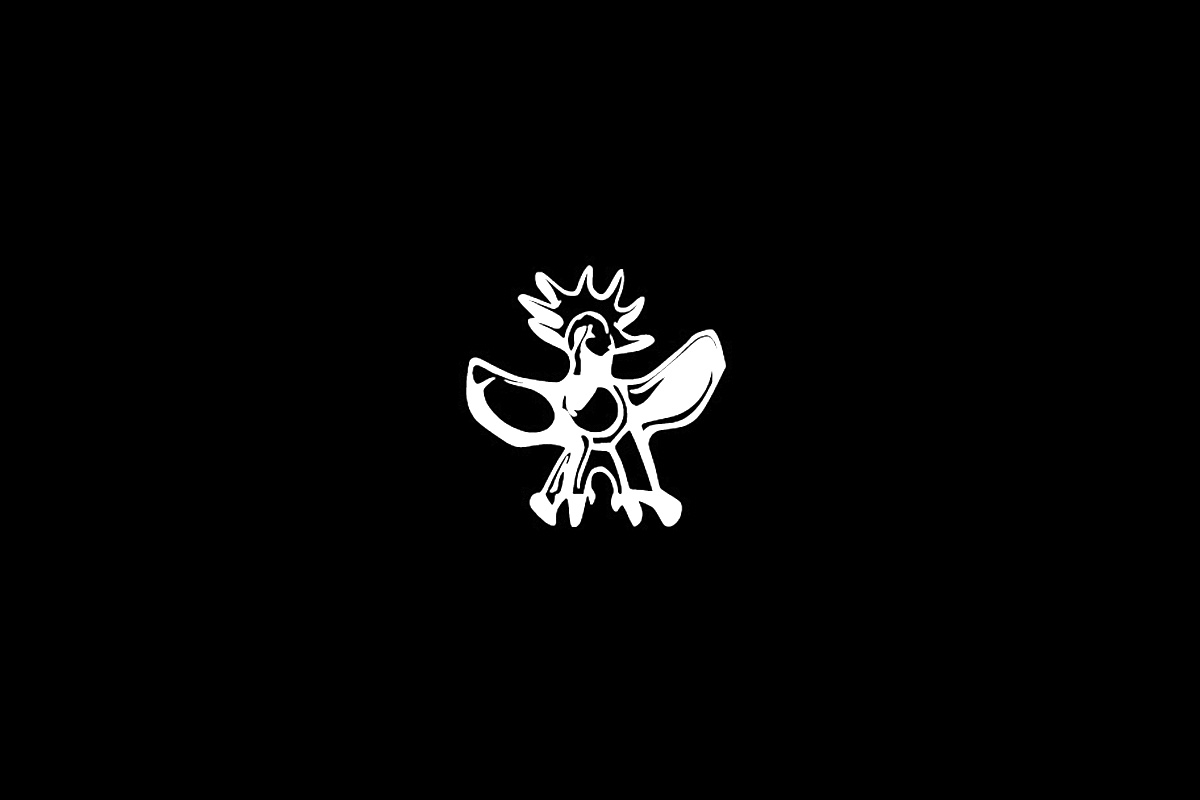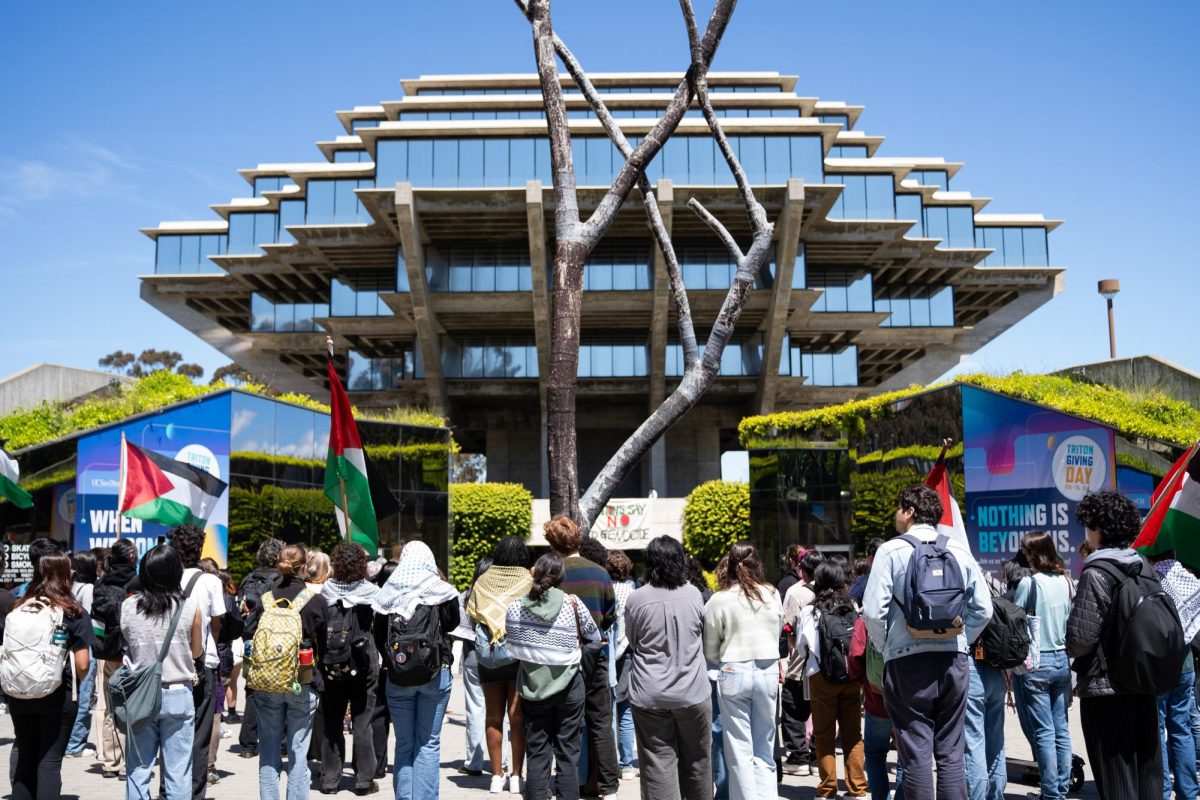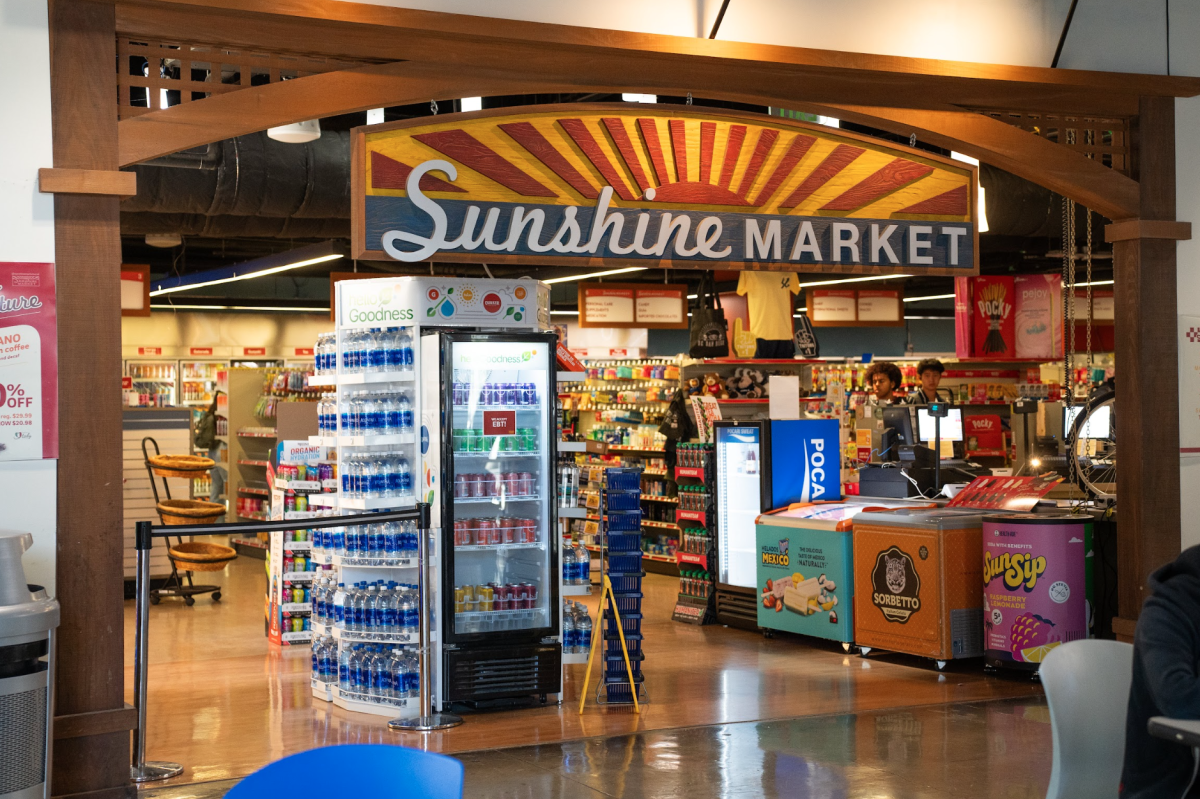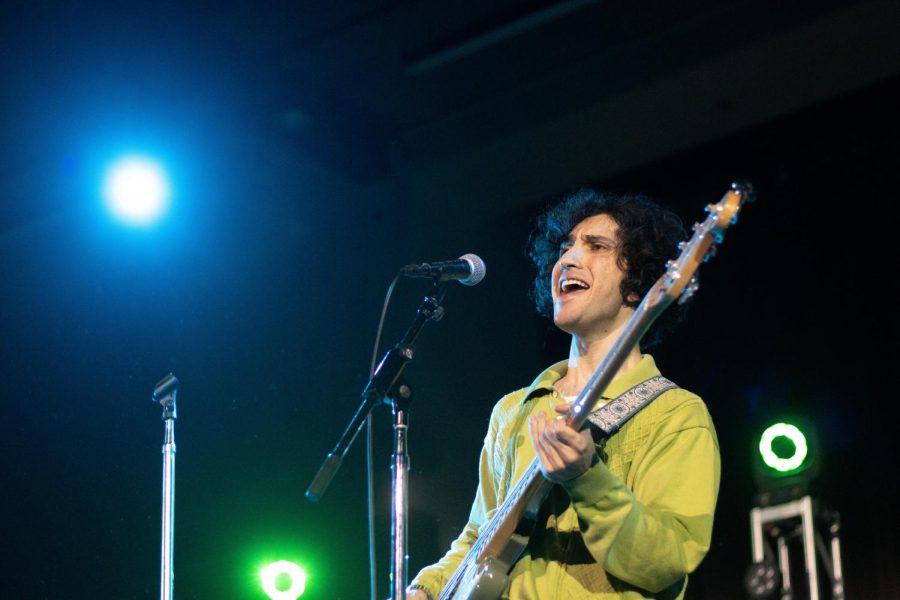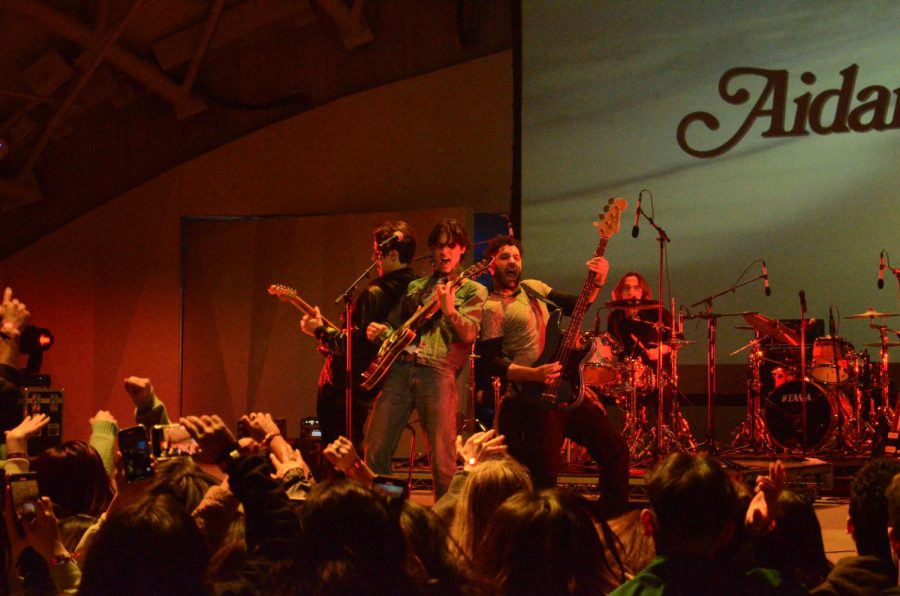If you look at The Princeton Review’s rankings for the biggest “”party schools,”” UCSD naturally does not make the list. Even UC Santa Barbara, the outrageous party haven of my high school days, barely scratches the list as No. 20. UCSD also does not grace the presence of the other alcohol-related Top 20 lists, “”Lots of Hard Liquor”” and “”Lots of Beer.””
Our school has often been characterized as rather antisocial. We are scientists, not partygoers, and we have more crucial matters to spend our time on, such as organic chemistry problems and complex engineering equations.
In truth, to become a part of the social circles at UCSD, whether they are interest organizations, Greek houses or just the tight group of people in a residential hall suite, alcohol is a central — and even necessary — part of social interaction.
I have attended parties ranging in size from the largest frat extravaganza to the most mediocre A.S. Council gathering, to the smallest congregation of a few close friends. At various times, I have celebrated every night of the week — and alcohol is almost constantly involved.
The power that alcohol maintains, even on this campus, can be illustrated by a recent ordeal of mine, one that might affect me for years. Over the past few months, I have become increasingly aware of a pain in my stomach that occurs after my second or third drink. After consuming a couple of shots or beers, I was forced to sit still, not moving for the 10 or so minutes it would take for the pain to pass. However, once the pain subsided, I would continue drinking, and I would promptly forget.
One Friday at about 6 a.m., I awoke to terrible shooting pains in my stomach and chest. I wondered what was wrong. I had drunk the night before, but I hadn’t been smashed. Yet somehow, those drinks were the fabled straw that broke the camel’s back.
After a grueling five-hour series of hospital tests, including the withdrawal of about 12 vials of blood and an ultrasound, the doctors couldn’t make a definite diagnosis except for this: Don’t drink alcohol. Ever.
As I lay in the hospital bed, I immediately visualized my social life wasting away. Nonetheless, over the next few days of recuperation, I had surplus time to think on a broader level.
Many of us have spent sweaty, nauseated nights leaning over the toilet and have woken on mornings after to spinning rooms and throbbing heads. What is it about alcohol that makes us so willing to experience pain for it? Are those few uninhibited hours really worth the risk? Maybe there is a loneliness in being the only one with inhibitions.
For example, one of my best friends was our designated driver at a fraternity boat party a few months back. “”I couldn’t believe how stupid everyone looked,”” she said afterward in anguish. “”It was so artificial. I hope I never look like that.”” However, when the next party rolled by, her title as sober driver was revoked, and so was her cynicism as she joined the drunken ranks.
When I find myself complaining about being a designated driver, I start wondering why alcohol is so necessary for me — and most everyone who is social at UCSD — to have a good time.
There will always be a student who will attempt to argue in the contrary. “”I have fun,”” they will say. “”I’m social, and I party, and I never ever drink.”” My warmest regards to these people, wherever they reside. I have indeed met social, straight-edge Tritons. Their numbers correlate to the fingers on one hand. The more UCSD-sponsored parties I attend, the more I admire these people and speculate as to where their willpower comes from. However, when it comes down to it, I have never in my time at UCSD heard anyone vocally condemn alcohol or those who consume it.
Curious, I took it upon myself to conduct a brief, informal survey as to why people drink. Whomever I queried usually gave me a strange look. The most common answer was, “”Because drinking is fun.”” Obviously.
In a way, I might consider anyone who has ever yearned for a drink, or more specifically, yearned to get drunk, something of an addict. This is somewhat of a harsh statement, yet not so extreme upon contemplation. I include myself in this categorization. Most of us, however, are not addicted to alcohol physically — we’re addicted to the feeling. And any sort of addiction is terrifying.
About a week after my hospital ordeal, I volunteered to drive my friends to a party, since I wasn’t going to be drinking anyway. They swiftly intoxicated themselves and rushed to the dance floor. I stood there in the middle of the dance floor and wondered why I was so conscious of myself.
I am one of the many people to claim, “”I need alcohol to dance.”” However, I would consider that statement too much of an ultimatum. The truth is, alcohol gives us the chance to dance in total comfort, to flirt in total comfort and even to kiss in total comfort. Alcohol is like a transportable self-bubble. Once you’re in it, you forget the people around you — what others think doesn’t matter anymore.
That may be, in itself, the reason many people drink. Maybe it’s why I drank, and why I still do to this day. Three weeks after my stay in the hospital, I was drinking again, with the help of Tums and my prescription Pepsid pills. Still, I am constantly aware of the slight pain that lingers in my stomach, even as I write this. I hope I’ve conveyed the ambiguity of alcohol use.
Anyone who attends UCSD has the intelligence to comprehend alcohol’s dangers and disadvantages. We are children of a D.A.R.E generation, but we are also children of a binge-drinking generation, no matter how paradoxical the two titles seem. We know the harmful effects of alcohol on our bodies, yet we are able to ignore them — even if, as in my case, the effects are blatantly clear and painful.
The most frightening thing to me about that paradox involves what I mentioned in the beginning: UCSD is known as an antisocial school. We are the opposite of a party school, as our reputation suggests. If this is true, I can scarcely imagine the atmosphere and peer pressure at those top 20 party schools.


